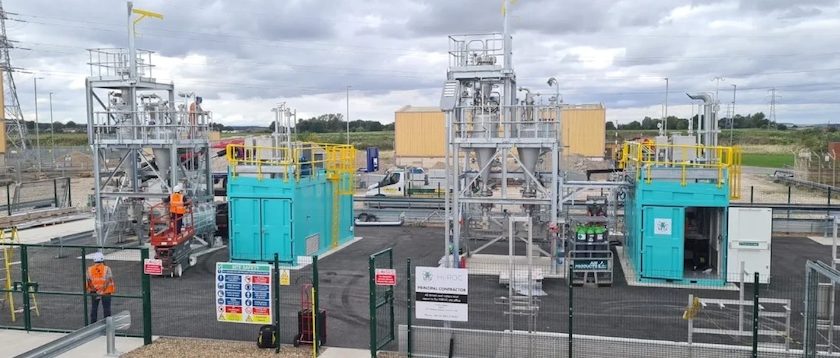Lehigh Cement, HeidelbergCement’s North American subsidiary, and the International CCS Knowledge Centre announced a feasibility study of a full-scale carbon capture and storage (CCS) project as a definitive solution to cut greenhouse gas (GHG) emissions in Canada.
 The study targets the feasibility to capture the majority of the CO2 from the flue gas of Lehigh’s Edmonton, Alberta, cement plant, significantly reducing its process and combustion GHG emissions. Lehigh estimates a capture rate of 600,000 tonnes of CO2 annually at the Edmonton plant. The study will encompass engineering designs, cost estimation and a business case analysis. Emissions Reduction Alberta (ERA) is investing CAD1.4 million in the initiative.
The study targets the feasibility to capture the majority of the CO2 from the flue gas of Lehigh’s Edmonton, Alberta, cement plant, significantly reducing its process and combustion GHG emissions. Lehigh estimates a capture rate of 600,000 tonnes of CO2 annually at the Edmonton plant. The study will encompass engineering designs, cost estimation and a business case analysis. Emissions Reduction Alberta (ERA) is investing CAD1.4 million in the initiative.
This is a North American first in the cement industry to examine the feasibility of full-scale CCS as a definitive solution to cut GHG emissions. The feasibility study at Lehigh’s Edmonton plant is in advanced development, positioning it to be a world’s first to implement full-scale carbon capture in the cement industry. The study will target a 90-95% CO2 capture rate, with the foundational learnings from the Boundary Dam 3 CCS Facility (BD3) – a world first in full-scale CCS (from a coal-fired power plant).
“We are part of HeidelbergCement Group’s vision of CO2 neutral concrete by 2050 and the potential of concrete to become the most sustainable building material,” said Joerg Nixdorf, president, Lehigh Hanson – Canada Region. “The Lehigh CCS study is a leading initiative for carbon capture in cement and demonstrates HeidelbergCement’s commitment to lead global change for CCS in our industry.”
HeidelbergCement is set to reduce its specific net CO2 emissions per tonne of cement by 30% compared to 1990 levels by 2030. This target has been approved by the Science Based Target initiative (SBTi) and is in line with the goals of the Paris Agreement, making HeidelbergCement the first cement company worldwide to have approved science-based CO2 reduction targets. The building materials company plans to realize its vision of carbon neutral concrete – at the latest – by 2050.


